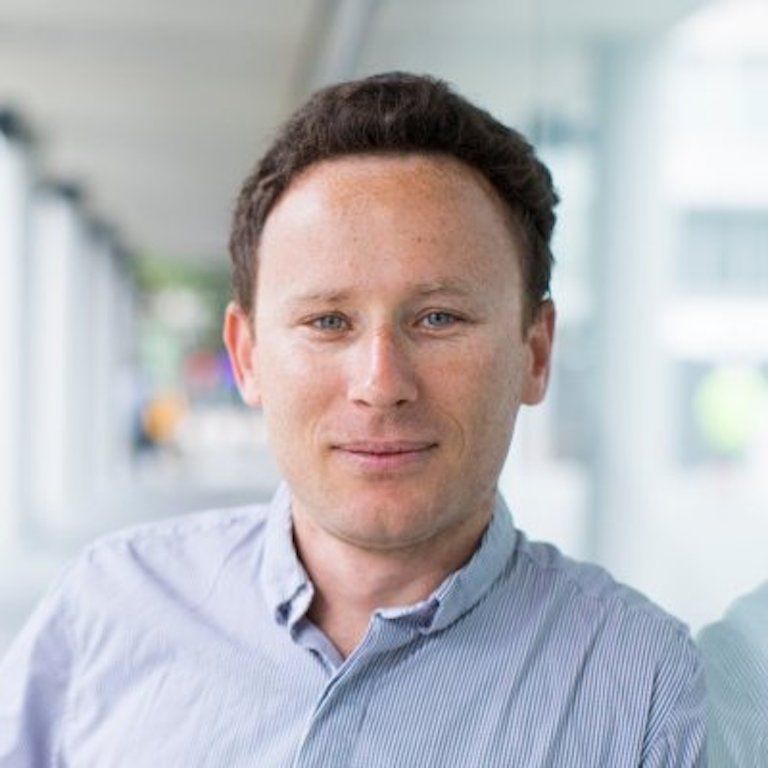Igor Aharonovich, University of Technology Sydney, Quantum Nanophotonics with Hexagonal Boron Nitride

UCSB Photonics Society Presents
Speaker
Igor Aharonovich
Physics
University of Technology Sydney
Bio
Professor Igor Aharonovich received his PhD in 2010 from the University of Melbourne and spent two years in Harvard as a postdoctoral researcher in the group of Prof Evelyn Hu. In 2013, Igor returned to Australia and joined the University of Technology Sydney (UTS) where he is currently a full Professor and the node director of the ARC Centre of Excellence for Transformative Meta-Optical Systems. Igor’s group focuses on exploring single emitters in wide band gap semiconductors, including diamond and more recently the emerging 2D systems including hexagonal boron nitride. His group is also interested in innovative approaches for nanofabrication of nanophotonics devices for quantum circuitry. But most importantly – Igor’s group has members from 11 different countries which form a vibrant and dynamic environment. Igor is a recipient of the IEEE Young Investigator Award (2016, honors an individual who has made outstanding technical contributions to photonics prior to 35th birthday), the 2017 IUPAP Young Scientist Award (Commission on Laser Physics and Photonics), the 2017 Pawsey medal from the Australian Academy of Science, and the 2019 CN Yang Award – which honors young researchers with prominent research achievements in physics in the Asia Pacific region.
Abstract
Engineering robust solid-state quantum systems is amongst the most pressing challenges to realize scalable quantum photonic circuitry. While several 3D systems (such as diamond or silicon carbide) have been thoroughly studied, solid state emitters in two dimensional (2D) materials are still in their infancy. In this presentation I will discuss single defects in an emerging 2D material – hexagonal boron nitride (hBN), that is promising as qubits for quantum photonic applications. In particular, I will focus on ways to engineer these defects deterministically using either chemical vapour deposition growth or ion implantation, and show results on strain tuning of these ultra bright quantum emitters. I will then highlight promising avenues to integrate the single defects with photonic cavities, as a first step towards integrated quantum photonics with 2D materials. I will summarize by outlining challenges and promising directions in the field of quantum emitters and nanophotonics with 2D materials.
Join Zoom Meeting
https://ucsb.zoom.us/j/752098071?pwd=dDJ0S3g4OU1LcFVSN0UyZ29UYUxQdz09
Meeting ID: 752 098 071
Password: 597044